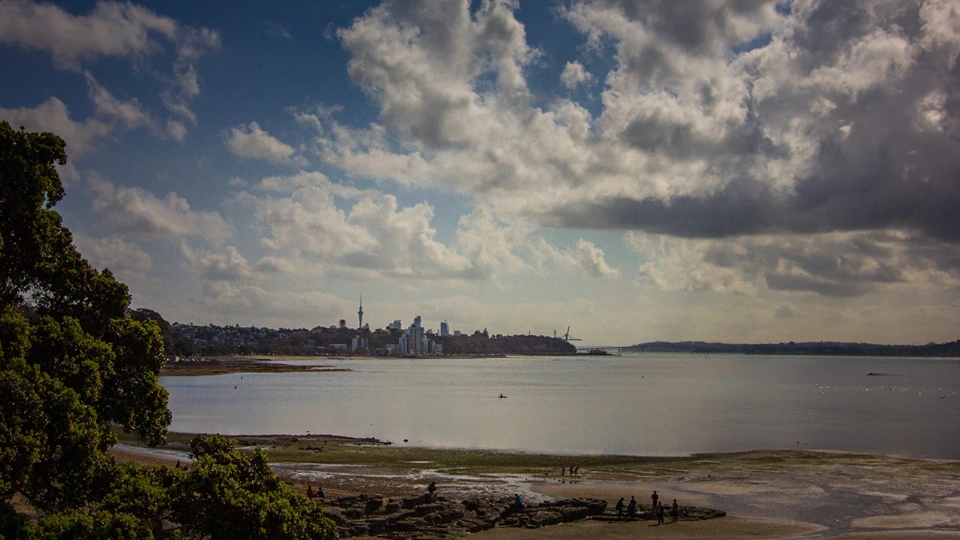Introduction
Auckland’s coastline spans over 3,200 kilometers, offering significant cultural, social, and environmental value. Yet, this shoreline is increasingly vulnerable to coastal hazards such as erosion, flooding, and ongoing sea-level rise. To manage these risks, the Auckland Council has been rolling out long-term shoreline adaptation plans designed to guide decisions for the next 100 years.
What Is Shoreline Adaptation?
Shoreline adaptation is a proactive framework for managing coastal land and assets in response to climate change. Instead of relying solely on short-term engineering solutions, it strikes a balance between protection and long-term planning.
Adaptation strategies may include:
- Retreat: Moving assets or changing land use in high-risk zones
- Accommodation: Designing buildings and infrastructure that can live with flooding or erosion
- Protection: Using both natural features (like dunes and wetlands) and engineered structures to reduce risk from coastal hazards
This flexible approach enables communities to adapt as conditions evolve over time.
Why Auckland Needs Shoreline Adaptation
The impacts of coastal hazards are already being felt in Tāmaki Makaurau. Rising seas and storm surges threaten low-lying areas, while erosion reduces beach access and damages council-owned assets. Beyond infrastructure, the coastline is tied to local identity, Māori heritage, and recreational use.
Without a strategy, the loss of these spaces would have long-lasting social and cultural consequences. Shoreline adaptation ensures Auckland can manage risks while preserving community values.
Progress So Far: 18 Plans Completed
Over the last four years, the Auckland Council has finalized 18 shoreline adaptation plans, with 11 approved in recent months. Each plan covers a different stretch of shoreline, reflecting its unique challenges and community priorities.
For example:
- Some areas may focus on erosion control using natural dunes.
- Others prioritize moving vulnerable infrastructure inland.
- In high-use areas, resilient design may allow facilities to withstand flooding.
By tailoring solutions, the Auckland Council ensures that each community receives the most effective protection against coastal hazards.
Community and Cultural Values
Engagement with mana whenua and local communities has been central to the development of these plans. Shoreline adaptation is not just about physical protection; it’s also about safeguarding cultural sites, promoting recreational access, and preserving natural ecosystems.
This collaborative approach ensures decisions are made with both technical expertise and community knowledge, creating outcomes that are sustainable and widely supported.
Looking Ahead
With 18 plans now complete, the Auckland Council is steadily building a stronger framework for the future. The next steps involve implementing strategies, monitoring outcomes, and expanding adaptation planning to encompass the entire Auckland coastline.
By planning on a 100-year scale, Auckland is setting a benchmark in New Zealand for how cities can manage coastal hazards and ensure long-term resilience.
Conclusion
Auckland’s shoreline adaptation program is a forward-looking response to climate change and coastal hazards. By balancing retreat, accommodation, and protection strategies, these plans safeguard both people and place. With strong community involvement and a century-long vision, Auckland is ensuring its coastline remains resilient, accessible, and culturally significant for generations to come.
